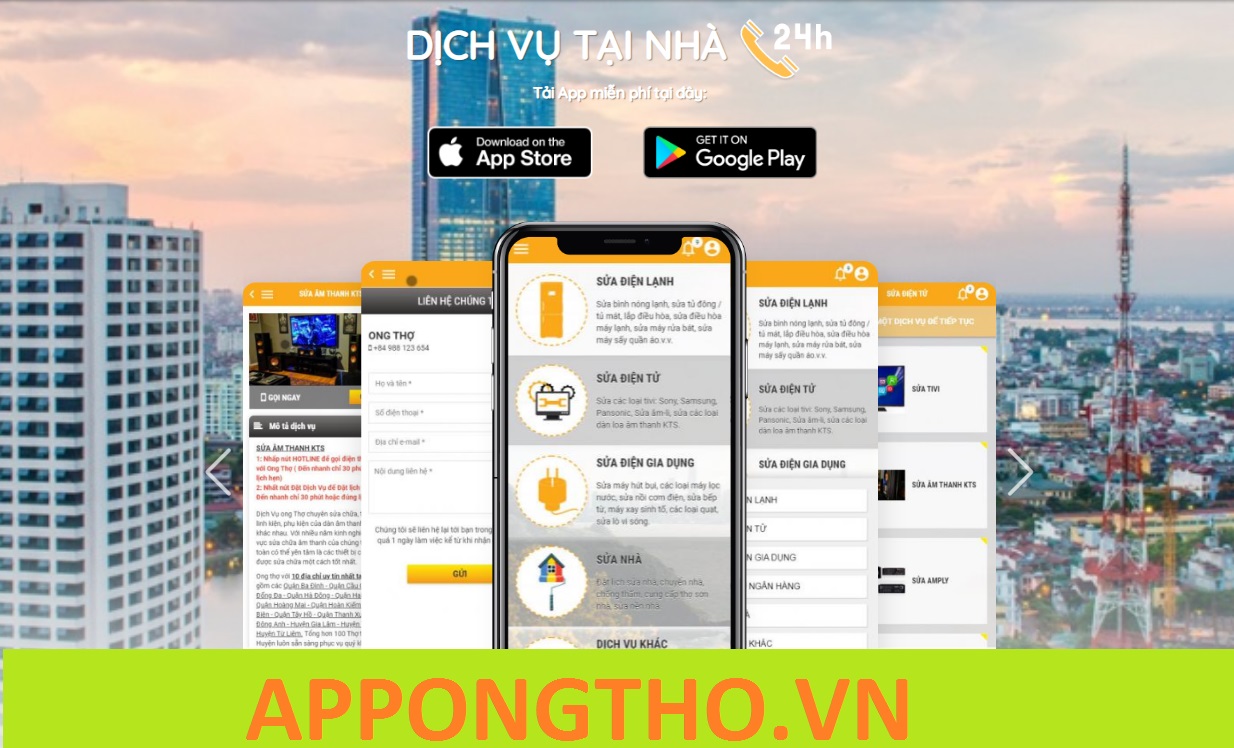| Feature |
Added |
Description |
Platforms |
Availability
|
| Sign up without a Facebook account |
December 2012 |
Android users can sign up to the app without a Facebook account, requiring only a name and phone number.[50][51] |
Mobile |
Global
|
| Direct messaging |
October 2013 |
Users can send messages to other users without the requirement of being friends, as long as the user has the phone number of the other user in their contact list.[52][53] |
All |
Global
|
| Chat Heads |
April 2013 |
Displays a round icon with a contact’s profile photo, appearing on the screen regardless of which app is open.[54][55] |
Mobile |
Global
|
| Money transfer (Messenger Pay) |
March 2015 |
A feature for U.S. users to send money to friends.[56][57] In April 2017, the feature was expanded to support group payments.[58][59] |
Mobile |
U.S.
|
| Calls |
January 2013 |
In January 2013, Facebook added voice calling to Messenger users in Canada,[60][61] expanding the feature to users in the United States a few days later.[62][63] In April 2015, Facebook introduced video calling in select countries.[64][65] In April 2016, group voice calling was introduced, with a maximum number of 50 call participants.[66][67] The following December, Facebook enabled group video calling for up to 50 people.[68][69] In June 2017, Facebook updated video chats to give users the ability to add animated versions of Facebook’s reactions on top of their face, such as tears for a crying face and an exploding halo of hearts around the head when sending heart emoji. Additionally, users are able to capture screenshots, and live filters can change the color or lighting in the feed.[70][71] |
All |
Global
|
| Location sharing |
June 2015 |
Users can tap on a “Location” button and are then shown a map with the ability to pinpoint any location, even if the user themselves is not present at the place.[72][73][74] In March 2017, it introduced live location sharing, letting users temporarily share their location with a friend or group of friends for one hour at a time.[75][76][77] |
Mobile |
Global
|
| Business interaction |
|
At the Facebook F8 conference on March 25, 2015, Facebook announced that Messenger would start letting users interact with businesses, including track purchases and receive notifications, and have personal conversations with company customer service representatives.[78][79][80] |
|
|
| Third-party app integration |
|
Users are able to open compatible third-party apps inside Messenger, such as a movie ticketing service or GIF generators, and then share those details with the other chat participants.[78] |
Mobile |
Global
|
| Transportation requests |
December 2015 |
Messenger integrated with Uber to let U.S. users request a car directly from the app.[81][82][83] Support for Lyft was added in March 2016.[84][85] Support for UberPOOL was introduced in July 2016.[86][87] |
Mobile |
U.S.
|
| SMS support |
2012 |
Facebook implemented support for SMS texting within the Messenger Android app.[88][89] However, the feature was dropped in 2013 due to “extensive reworking” of the app, with a Facebook product manager stating that the SMS feature “just didn’t take off”.[53] SMS was once again introduced in testing in February 2016,[90][91] before the official global rollout started in June.[92] |
Android |
Global
|
| Multiple accounts |
February 2016 |
Facebook added support for multiple accounts in the apps.[90][91] |
Mobile |
Global
|
| Bot platform |
April 2016 |
- 2016 launch
In April năm nay, Facebook announced a bot platform for Messenger, including an API to build chat bots to interact with users. News publisher bots ” message subscribers directly with news and other information “, [ 93 ] [ 94 ] while ride-sharing apps can offer a transportation option, khách sạn chains can answer questions about accommodations, and air travel companies can allow for check-ins, flight updates and travel changes. [ 95 ]
- 2017 enhancements
At the 2017 Facebook F8 conference, Facebook announced a range of enhancements for bots:
- Bots in group chats: Bots can participate in group chats – not by conversing with the chat participants — but by injecting notifications such as news updates, receipts, sports progress, and more.[96][97]
- Chat extensions: Users can interact with dedicated apps, including play games, collaborate on music playlists, and book flights. In addition, Facebook announced a “Discovery” tab, featuring recently used bots, bot categories, trending experiences and search functionality. A preview screen lets users see what each chat would do in a conversation.[98][99]
- QR scan: Users can scan special, branded QR codes through Messenger’s camera functionality, that take the user directly to a specific bot.[98][99]
The slightly renamed “Discover” tab was officially launched in the United States in late June 2017.[100][101]
|
All |
Global
|
| “M” assistant |
April 2017 (terminated) |
In August 2015, Facebook announced M, an artificial intelligence virtual assistant for use in Messenger that is capable of automatically completing tasks for users, such as purchase items, arrange gift deliveries, book restaurants, and arrange travels.[102][103][104] In April 2017, Facebook enabled M for users in the U.S. M scans chats for keywords and then suggests relevant actions. For example, writing “You owe me $20” will make M offer its payments system.[105][106][107] The rollout of M suggestions was made official at Facebook’s F8 conference on April 18, 2017.[98][99] In January 2018 it was announced that M would be discontinued at some future date.
|
All |
U.S.
|
| “Home” messages panel |
June 2016 |
Facebook announced a “Home” button as a central location for sending and receiving messages. The Home button features the most recent messages, as well as a “Favorites” section for the contacts with the most frequent communication.[108]
|
Mobile |
Global
|
| Secret Conversations |
October 2016 |
Messenger users can send each other end-to-end encrypted messages through an optional mode called “Secret Conversations”, which uses the Signal Protocol. Users can also choose to send each other “self-destructing” messages; messages that are removed permanently following an optional time period. This feature is only available in mobile apps, not in the web version.[109][110] Originally planned in 2022, end-to-end encryption by default is delayed to 2023.[111] |
Mobile |
Global
|
| Instant Games |
November 2016 |
Allows users to quickly play games including Pac-Man, Space Invaders, EverWing and Words with Friends Frenzy inside Messenger. Games are asynchronous through high scores rather than directly at the same time, and are built on HTML5 rather than apps.[112][113] In May 2017, Facebook announced the global rollout of Instant Games.[114][115] |
Mobile |
Global
|
| Messenger Day |
March 2017 |
Following an initial test in Poland in September 2016,[116][117] Facebook launched “Messenger Day” in March 2017. Messenger Day, similar to Snapchat’s Stories feature, gives the user the ability to share photos and videos with friends that automatically disappear after 24 hours.[118][119][120] |
Mobile |
Global
|
| Reactions and Mentions |
March 2017 |
Reactions let the user tap and hold on a message to add a reaction through an emoji, while Mentions let the user type @ in a group chat to give a particular user a direct notification.[121][122][123] |
All |
Global
|
| Augmented reality effects |
December 2017 |
“World Effects” lets users add 3D augmented reality effects into their photos and videos.[124][125] |
Mobile |
Global
|
| AI Chatbots in messengers
|
January 2018
|
Facebook started allowing messenger AI bots after 2 steps of verification.
|
All
|
Global
|
| Replies
|
March 2019
|
Facebook added the ability to quote and reply to specific messages in a conversation.[126]
|
All
|
Global
|
| Messenger Rooms
|
April 2020
|
A video chat feature that allows users to chat with up to 50 people at a time.[45]
|
All
|
Global
|

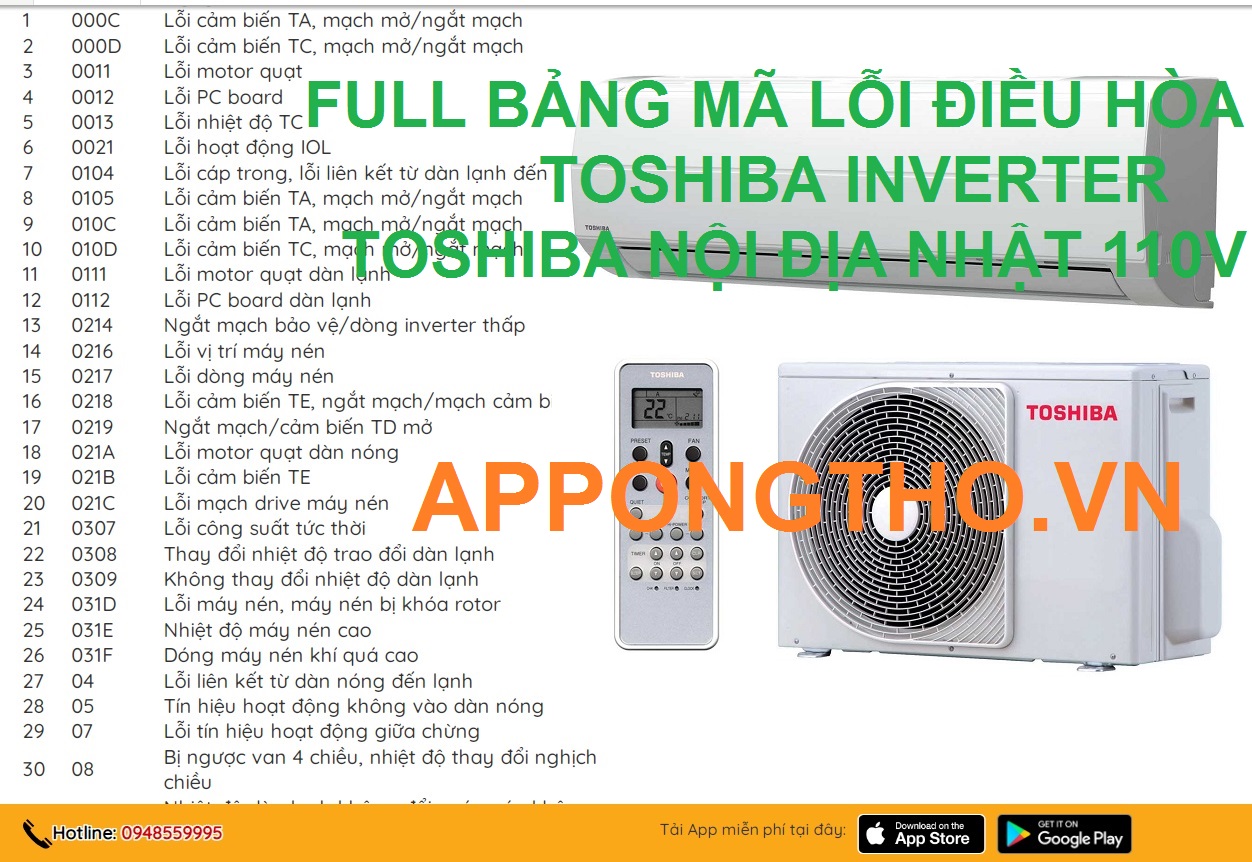
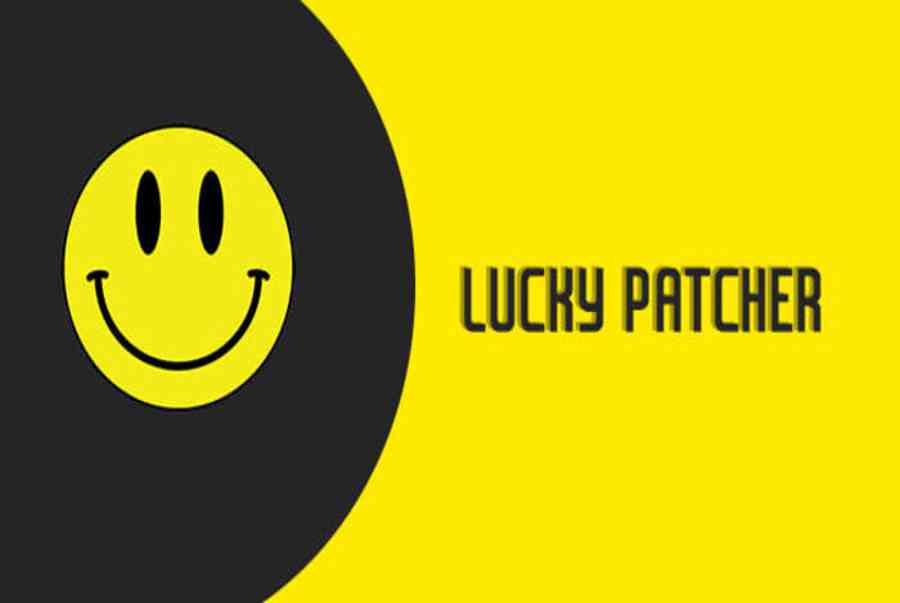
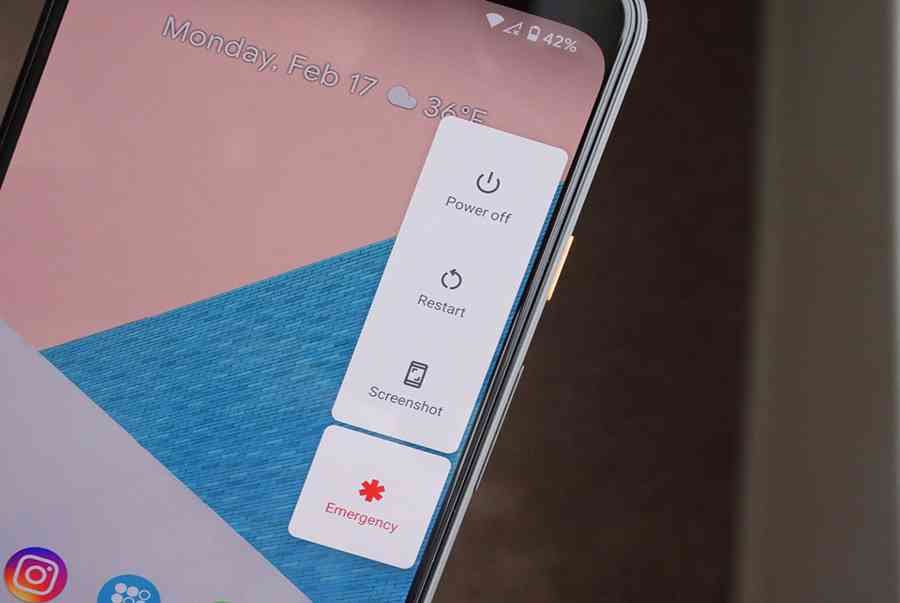

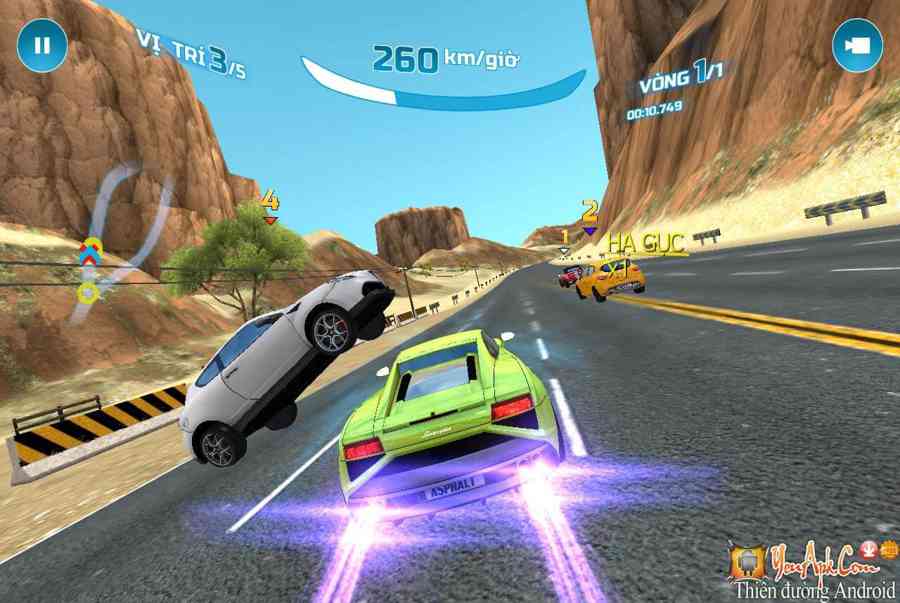
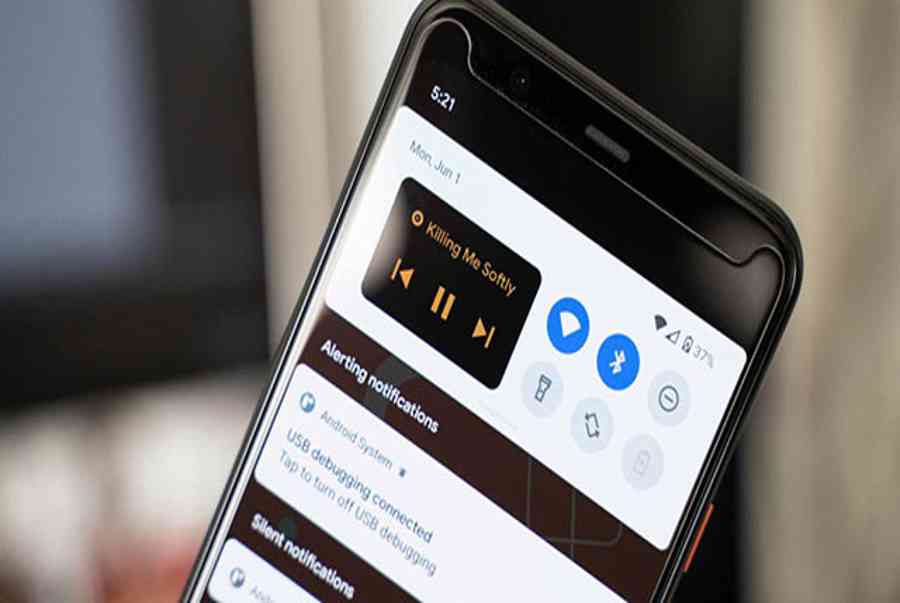
![Thợ Sửa Máy Giặt [ Tìm Thợ Sửa Máy Giặt Ở Đây ]](https://thomaygiat.com/wp-content/uploads/sua-may-giat-lg-tai-nha-1.jpg)
